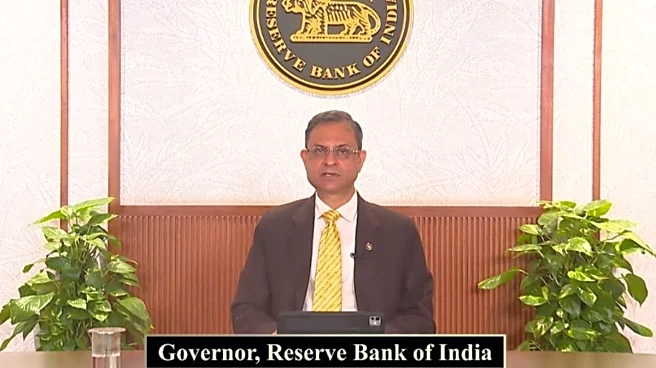Government sources said the rationalisation of GST slabs has unlocked household aspirations, enabling families to upgrade vehicles, invest in home appliances, and spend more freely on lifestyle goods during the festive season.
“These measures not only lowered prices but also unlocked consumer aspirations, enabling families to upgrade vehicles, invest in home appliances, and spend more freely on lifestyle goods, turning festive cheer into record-breaking consumption,” government sources said.
Auto sales at record highs
The automobile sector was among the biggest beneficiaries of the spending surge. Maruti Suzuki India Ltd posted its best Navratri performance in at least a decade, doubling sales from last year. The company reported 3.5 lakh bookings with nearly 2.5 lakh pending bookings. By the end of Navratri, Maruti is confident of touching the 2 lakh mark in deliveries. The company retailed 85,000 vehicles last Navratri.
In the first eight days of Navratri alone, Maruti delivered 1.65 lakh vehicles, including a record 30,000 cars on Day 1 — the highest single-day delivery in its 35-year history.
SUV demand remained strong across brands. Mahindra & Mahindra reported a 60% year-on-year jump in sales, led by models such as the XUV700 and Scorpio N. Hyundai Motor Indiasaid SUVs accounted for more than 72% of its sales, driven by the Creta and Venue. Tata Motors reported retailing over 50,000 vehicles during the festival season, powered by demand for the Altroz, Punch, Nexon and Tiago.
Two-wheeler maker Hero MotoCorp said showroom footfalls doubled, particularly in the commuter segment, while Bajaj Auto also reported strong festival sales.
Consumer electronics ride festive demand
The consumer durables segment also witnessed unprecedented momentum. Haier India reported an 85% increase in sales, nearly exhausting its Diwali stock of large-screen premium televisions.
Sales of 65-inch models averaged 300–350 units a day, while high-end 85-inch and 100-inch TVs priced above ₹2.5 lakh saw robust demand.
Reliance Retail, India’s largest retailer, reported a 20–25% rise in sales over last Navratri, with categories such as smartphones, fashion, and large-screen TVs leading growth. Vijay Sales recorded more than 20% growth, while LG Electronics India cited “exponential growth” in sales across product categories. Godrej Appliances also reported strong double-digit growth.
Festive economy outlook
Industry executives note that the first half of the festive season — covering Onam, Durga Puja, and Dussehra — accounts for 40–45% of India’s overall festive sales.
With growth ranging from 25% to 100% across categories this Navratri, analysts say consumer sentiment has entered a new phase of optimism.
“The GST reforms have clearly reduced the tax burden on households and supported a more confident spending environment,” a government source said. “The festive season is now translating that sentiment into record sales across sectors.”
“By rationalising GST slabs and easing the tax burden on both essential and aspirational items, the government fostered an environment of confident spending. As a result, brands and retailers reported sales growth ranging from 25% to 100%, marking a major boost for India’s consumption-driven economy. Importantly, the first half of the festive season, spanning Onam, Durga Puja, and Dussehra accounts for 40–45% of total festive sales making it the largest consumption period in the country,” government sources said.
With Diwali ahead, retailers and manufacturers are optimistic that the momentum will continue, setting the stage for one of the strongest festive quarters for the Indian economy in recent memory.




/images/ppid_59c68470-image-175930007082024618.webp)

/images/ppid_59c68470-image-175929007343268068.webp)
/images/ppid_59c68470-image-175930759735650818.webp)
/images/ppid_59c68470-image-175931016829674342.webp)


/images/ppid_59c68470-image-175931261541828099.webp)
/images/ppid_59c68470-image-175929266395696317.webp)